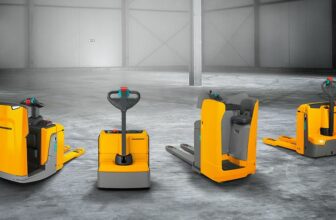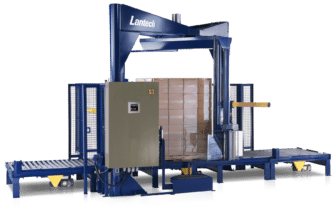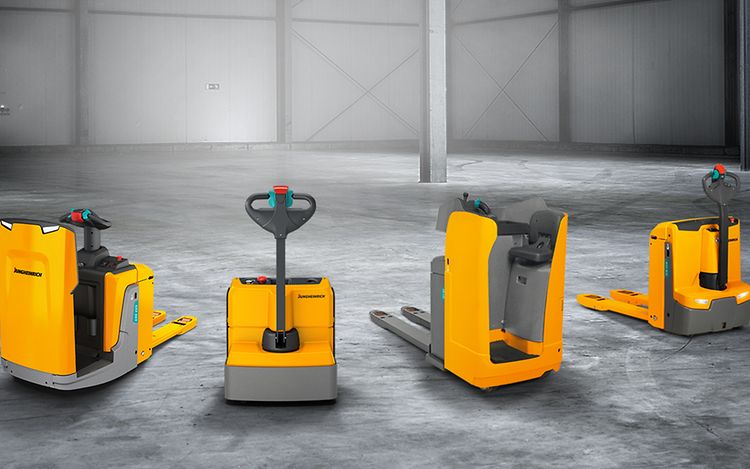
Roller skids are versatile and efficient tools used in various industries for the movement and transportation of heavy loads. Whether it’s in warehouses, manufacturing facilities, or construction sites, roller skids provide a practical solution for handling heavy items with ease. In this article, we’ll explore the different types of roller skids, their benefits, applications, and important considerations when choosing and using them.
Types of Roller Skids
There are two primary types of roller skids: manual roller skids and powered roller skids. Each type offers distinct advantages and is suitable for different scenarios.
Basic Manual Roller Skids
Basic manual roller skids are the simplest and most affordable option. They consist of a flat platform with multiple rollers or wheels underneath. These rollers allow the skids to move smoothly and easily across a flat surface. Basic manual roller skids are typically used for light to medium-weight loads and are manually pushed or pulled by operators.
Swivel Manual Roller Skids
Swivel manual roller skids are an enhanced version of basic manual roller skids. They incorporate swivel casters, allowing for easier maneuverability and changing directions. Swivel manual roller skids are beneficial when navigating tight spaces or turning corners. They provide improved control and flexibility, making them suitable for slightly heavier loads.
Battery-Powered Roller Skids
Battery-powered roller skids are a type of powered roller skids that offer greater convenience and maneuverability. These skids feature an electric motor and rechargeable batteries. Operators can control the movement of the skids using a handle or remote control, eliminating the need for manual pushing or pulling. Battery-powered roller skids are ideal for medium to heavy loads, reducing physical strain on operators and increasing productivity.
Motorized Roller Skids
Motorized roller skids are the most advanced and powerful option. They are equipped with an integrated motor and control system, providing effortless movement of heavy loads. Motorized roller skids can handle substantial weight capacities and are often used in demanding industrial applications. They offer precise control and are highly efficient in moving large objects over long distances or uneven surfaces.
Features to Consider When Choosing Roller Skids
When selecting roller skids for a specific task or application, several important features should be considered to ensure optimal performance and safety.


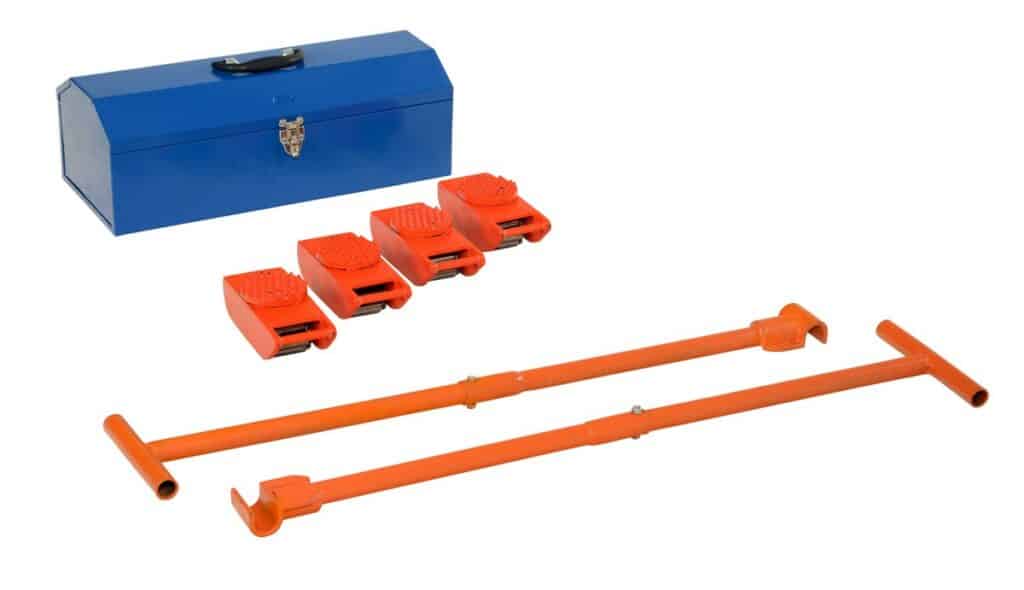
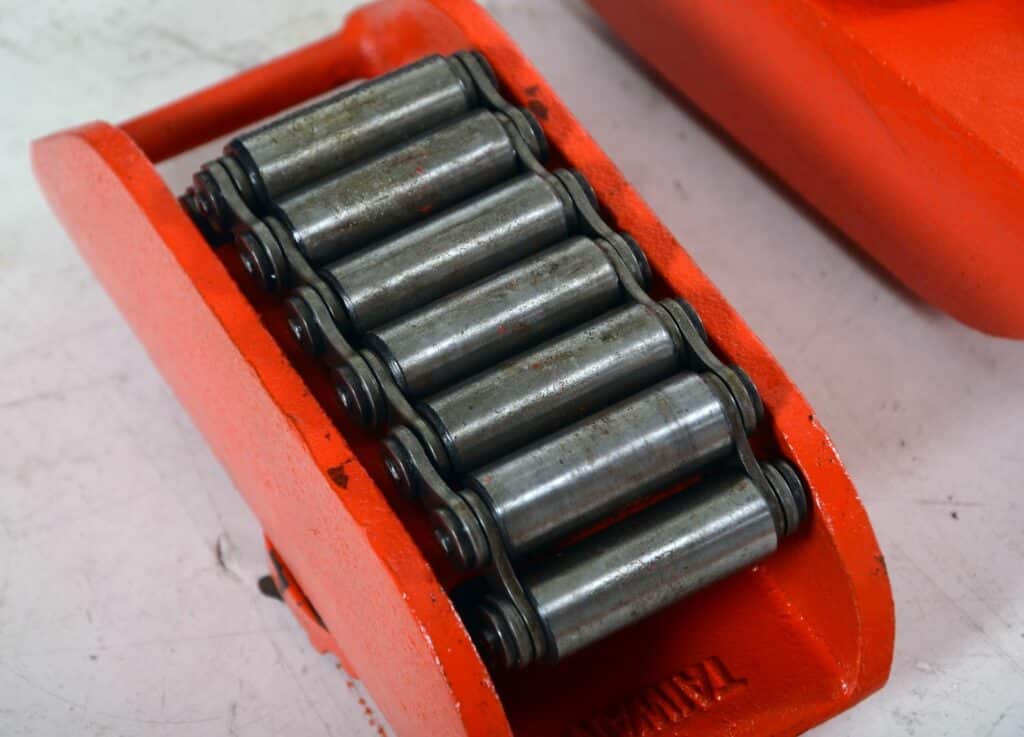

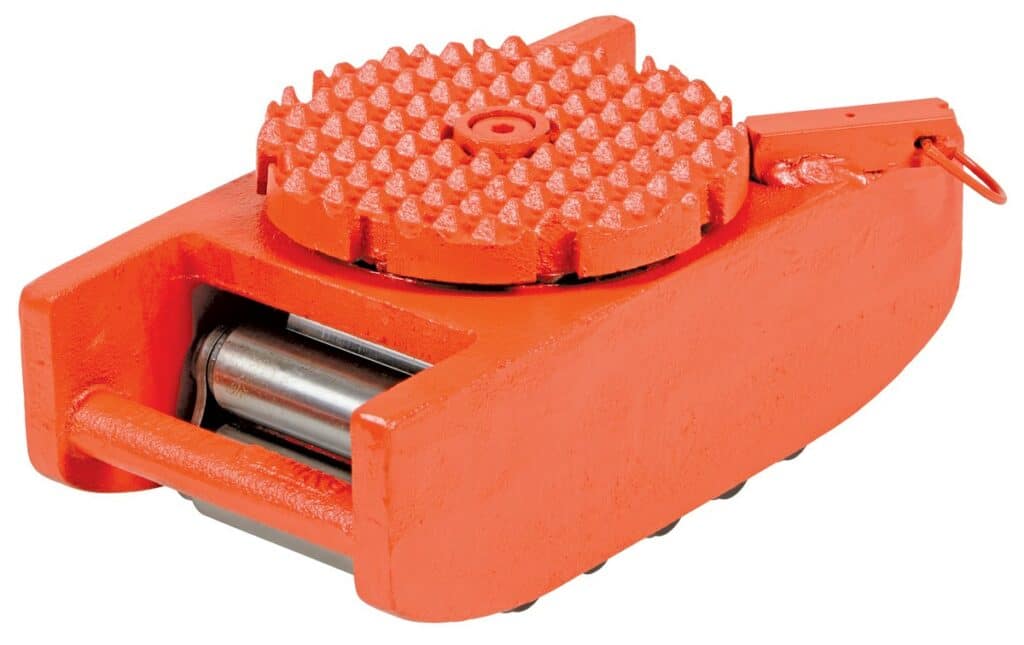





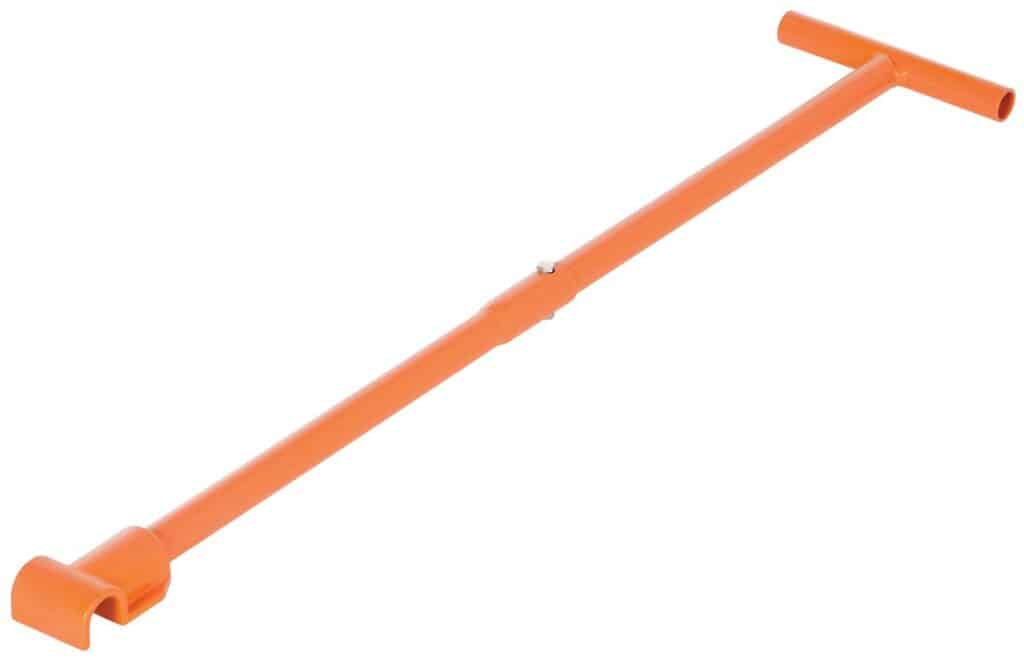


Load Capacity
One of the crucial factors to consider is the load capacity of the roller skids. It is essential to determine the maximum weight the skids can support to avoid overloading them. Exceeding the load capacity can compromise the stability and safety of the skids, leading to accidents or damage to the load.
Size and Dimensions
The size and dimensions of roller skids play a significant role in their compatibility with the loads and the available space. Consider the length, width, and height of the skids, ensuring they are suitable for the dimensions of the objects you intend to transport. Additionally, evaluate the clearance height to ensure the skids can fit under doorways, racks, or other obstacles.
Material and Construction
The material and construction of roller skids determine their durability and longevity. Skids made from high-quality materials such as steel or aluminum are more robust and capable of withstanding heavy loads and rough handling. It’s also essential to check the construction of the rollers or wheels to ensure smooth and reliable movement.
Maneuverability and Control
The maneuverability and control features of roller skids are crucial for ease of use and efficient handling. Consider features like swivel casters for improved maneuverability or battery-powered options for effortless movement. Choose roller skids that offer the level of control and flexibility required for your specific tasks.
Benefits of Using Roller Skids
Roller skids offer numerous benefits that contribute to increased efficiency and improved working conditions. Let’s explore some of the key advantages of using roller skids in various industries.
Increased Efficiency and Productivity
Roller skids streamline the process of moving heavy objects, reducing the time and effort required. By minimizing manual labor, they significantly increase efficiency and productivity. With roller skids, operators can transport heavy loads more quickly and with fewer physical exertions, allowing them to focus on other essential tasks.
Reduced Labor and Physical Strain
Manual handling of heavy loads can lead to strain and injuries for workers. Roller skids provide a mechanical advantage, reducing the need for excessive physical effort. By eliminating or minimizing manual pushing, pulling, or lifting, roller skids help prevent musculoskeletal injuries, contributing to a safer and healthier working environment.
Versatility and Adaptability
Roller skids are highly versatile and can be used in various industries and applications. They are suitable for moving loads of different shapes, sizes, and weights. Roller skids can accommodate a wide range of objects, including machinery, equipment, crates, and pallets. Their adaptability makes them an invaluable tool for many businesses.
Applications of Roller Skids
The applications of roller skids are diverse, and they play a crucial role in different industries. Let’s explore some of the common areas where roller skids are used.
Warehousing and Logistics
In warehouses and distribution centers, roller skids are essential for efficient movement and organization of goods. They enable easy transportation of heavy items, optimizing the loading and unloading processes. Roller skids contribute to smoother operations, faster order fulfillment, and enhanced overall warehouse productivity.
Manufacturing and Assembly
Roller skids find extensive use in manufacturing facilities and assembly lines. They facilitate the movement of large machinery, components, and finished products. Roller skids are particularly valuable when installing heavy equipment or aligning machinery during production processes. Their ability to move items smoothly and precisely contributes to streamlined manufacturing operations.
Construction and Heavy-Duty Industries
In the construction and heavy-duty industries, roller skids are indispensable for the transportation of heavy construction materials, such as steel beams, pipes, and concrete blocks. They provide a safe and efficient means of moving these materials across job sites. Roller skids assist in reducing manual labor and preventing strain, enabling workers to focus on critical construction tasks.
Safety Considerations for Using Roller Skids
While roller skids are beneficial tools, it’s essential to follow proper safety precautions to avoid accidents or injuries. Consider the following safety considerations when working with roller skids.
Proper Training and Handling
Ensure that operators receive adequate training on the proper usage of roller skids. They should be familiar with the specific features, controls, and limitations of the skids. Proper handling techniques, including load distribution and balance, should be taught to avoid tipping or instability.
Load Distribution and Stability
Properly distribute the load on the roller skids to maintain stability. Consider the weight distribution and ensure it is evenly spread across the skids. Avoid overloading or placing disproportionate weight on one side, as it can lead to instability and accidents.
Surface Conditions and Obstacles
Evaluate the surface conditions and remove any obstacles or debris that may hinder the smooth movement of the roller skids. Uneven surfaces, loose flooring, or debris can cause instability or damage to the load. Clear the path and ensure a safe and level surface for optimal operation.
Maintenance and Care for Roller Skids
Regular maintenance and care are essential to ensure the longevity and reliability of roller skids. Here are some maintenance practices to keep in mind.
Cleaning and Inspection
Regularly clean the roller skids to remove dirt, debris, or any substances that may affect their performance. Inspect the rollers, wheels, and the overall condition of the skids for any signs of damage or wear. Address any issues promptly to prevent further damage or accidents.
Lubrication and Wear Prevention
Proper lubrication of the rollers or wheels ensures smooth movement and minimizes wear. Use appropriate lubricants recommended by the manufacturer to prevent excessive friction and prolong the lifespan of the skids. Regularly inspect and replace worn-out rollers or wheels to maintain optimal performance.
Storage and Protection
When not in use, store roller skids in a clean and dry area, preferably away from extreme temperatures or direct sunlight. Protect them from moisture, rust, and other damaging factors. Use covers or protective pads to prevent scratches or dents during storage or transportation.
Conclusion
Roller skids are versatile tools that play a significant role in various industries, simplifying the movement of heavy loads. By understanding the different types of roller skids, considering their features, and adhering to safety guidelines, businesses can benefit from increased efficiency, reduced labor strain, and improved productivity. Whether in warehousing, manufacturing, or construction, roller skids offer a practical and reliable solution for heavy load transportation.
FAQs (Frequently Asked Questions)
How much weight can roller skids typically handle?
Roller skids come in various weight capacities, ranging from a few hundred kilograms to several tons. It’s important to choose roller skids with a load capacity that matches the weight of the objects you intend to transport.
Can roller skids be used on uneven surfaces?
While roller skids are designed for use on flat surfaces, some models can handle minor irregularities or unevenness. However, for optimal performance and safety, it’s recommended to use roller skids on level surfaces.
Are battery-powered roller skids suitable for outdoor use?
Battery-powered roller skids can be used outdoors, but their suitability depends on the specific model and environmental conditions. It’s essential to check the manufacturer’s guidelines and ensure the skids are designed for outdoor use.
Can roller skids replace forklifts in all applications?
Roller skids are not intended to replace forklifts in all applications. While they are useful for moving heavy loads, forklifts excel in lifting objects to significant heights. The choice between roller skids and forklifts depends on the specific requirements of the task.
Are there any weight distribution guidelines when using roller skids?
Proper weight distribution is crucial for the stability and safe operation of roller skids. It’s recommended to evenly distribute the weight across the skids and avoid overloading or placing disproportionate weight on one side. Consult the manufacturer’s guidelines for specific weight distribution recommendations.





